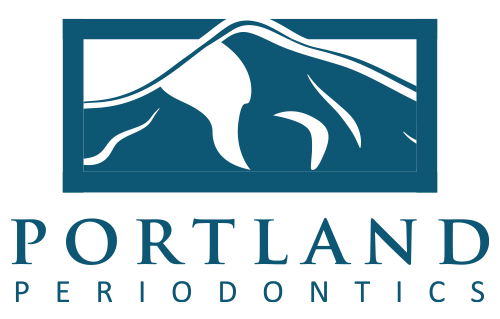New Breakthrough Offers Hope Against Gum Disease

In 2011, researchers at the University of California-Los Angeles developed a mouthwash that could destroy the bacteria primarily responsible for the development of tooth decay.
Now a new study chaired by the same researchers at UCLA’s School of Dentistry delves deeper into what mechanisms help make the active ingredients in the mouthwash so effective.
The study, published in the June issue of the Proceedings of the National Academy of Sciences, shows how a specifically targeted antimicrobial peptid, or STAMP, referred to as C16G2 works to eliminate only the harmful acid producing bacteria in the mouth, which is the leading cause of tooth decay and gum disease, without disturbing the harmless and beneficial bacteria in the mouth.
These changes resulted in a microbial community structure that supports better oral health.
The results of this study mark a critical advancement, as researchers have considered for over two decades, that the majority of types of bacteria found in the human mouth are not harmful to an individual’s oral health. Unfortunately, most commonly prescribed antibiotics and conventionally used mouthwashes kill both harmless and harmful bacteria indiscriminately, and their effects last for only a 12- hour period.
Additionally, the overuse of prescription antibiotics can alter the body’s ecological balance, which can increase an individual’s risk of microbial infections. As a result, no effective bacterial tooth decay treatment has been developed.
Researchers at UCLA claim that the STAMP approach could represent a unique answer to re-engineering the long-term health of a mouth’s microbiome.
Currently being delivered via a gel, C16G2 is being developed for use in the prevention of tooth decay and gum disease as part of an investigational study conducted by the U.S. Food and Drug Administration.
A growing number of studies have discovered that changes in the microbiome of the human mouth directly relates to a variety of disease states. When diseases are the result of bacteria, it’s typically due to abnormal bacterial growth or because microbes enter areas of the body that are normally sterile, such as the abdominal cavity or lower respiratory tract.
If the STAMP strategy performs as expected in clinical trials, researchers are optimistic that the treatment could also be used in the treatment and prevention of other disease caused by an out of balance microbiome, which means the results of this study could have implications that extend far beyond dentistry.
